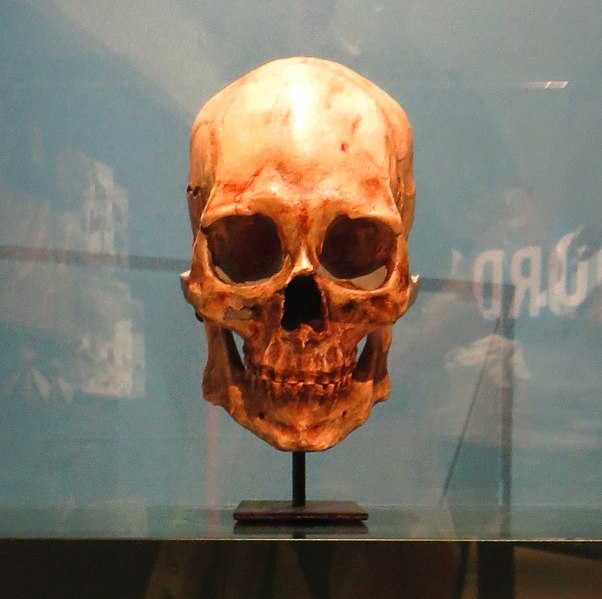Map of the Silk Trade Route
 |
| https://commons.wikimedia.org/wiki/File:Silk_route.jpg |
Marco Polo's Route
 |
| https://en.wikipedia.org/wiki/File:Travels_of_Marco_Polo.svg |
Voyages of Zheng He
 |
| https://commons.wikimedia.org/wiki/File:Zheng_He.png |
Engage:
- We know that Columbus 'rediscovered' the Americas, but what events led to the need for this exploration?
- The Silk Road and Ancient Trade: Crash Course World History #9 (10:30)
- Int'l Commerce, Snorkeling Camels, and The Indian Ocean Trade: Crash Course World History #18 (10:14)
- Columbus, de Gama, and Zheng He! 15th Century Mariners. Crash Course: World History #21 (10:37)
Explain:
- Why did I include the time stamp for the questions on the video questions?
- What can you tell from the time stamps?
- How can you use this information to inform how you approach questions over audio/videos?
- How did trade drive the sharing of culture?
- Why did Columbus look west for a route to India?
Evaluate:
Expectations:
- During class instruction/work time you will follow all directions.
- Stay seated and do not talk while taking the vocabulary assessment.
- While working you may talk quietly and go to supply table for supplies.
- The Int'l Commerce #18 Worksheet will be due Tuesday, September 5. You will receive half credit after that date.
- When finished place the worksheet in the tray.








